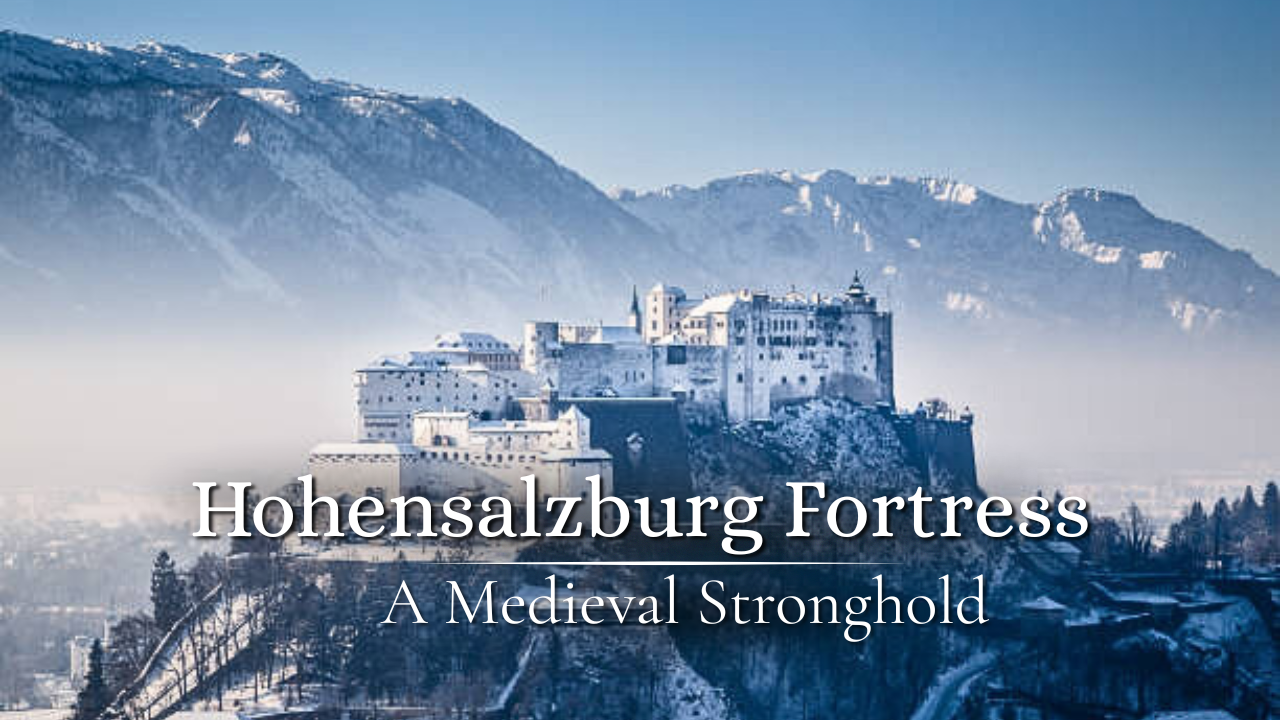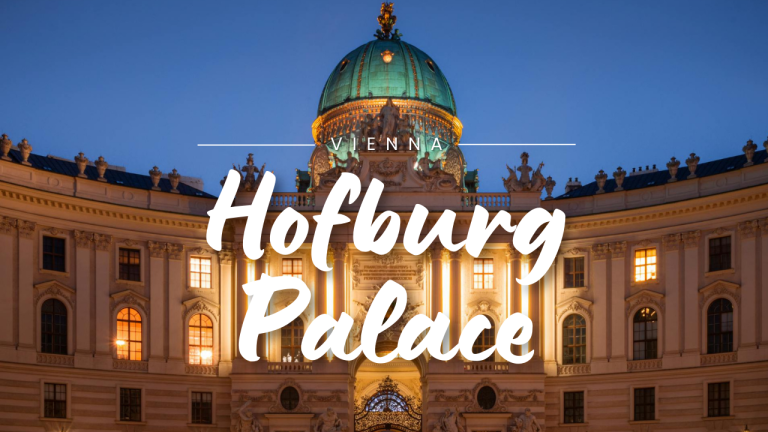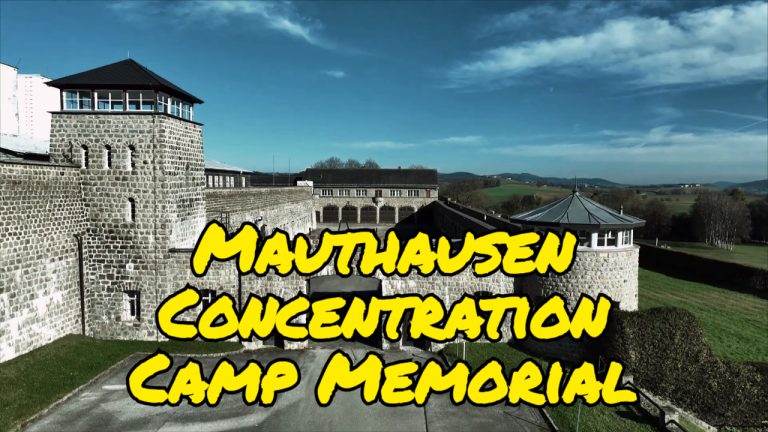Hohensalzburg Fortress: A Medieval Stronghold

Perched high above Salzburg, Austria, the majestic Hohensalzburg Fortress has stood as a silent guardian for over 900 years. Its towering silhouette atop Festungsberg Hill is not just a symbol of medieval ingenuity but also a testament to the city’s rich and tumultuous history. From its humble beginnings during the Investiture Controversy to its transformation into a grand architectural marvel, this fortress is a living, breathing monument to Austria’s past. Let’s uncover its fascinating story.
The Birth of a Fortress Amid Turbulence
Hohensalzburg Fortress was born during one of medieval Europe’s most chaotic periods—the Investiture Controversy of the 11th century. This bitter struggle between Pope Gregory VII and Holy Roman Emperor Henry IV over the authority to appoint bishops spilled into empires and fractured alliances. Archbishop Gebhard of Salzburg, siding with the Pope, found himself in a precarious position politically and physically. To secure his safety, he commissioned the construction of a stronghold atop Festungsberg Hill.
Initially, the fortress was modest, with basic timber buildings and stone walls. However, its strategic location allowed defenders to see for miles, ensuring that the fortress could protect both the archbishop and the city below. Even in its infancy, Hohensalzburg’s future as a symbol of strength and authority was unmistakable.
Transformation Under Archbishop Leonhard von Keutschach
It wasn’t until the late 15th century that Hohensalzburg underwent its most significant transformation. Archbishop Leonhard von Keutschach, a visionary leader, expanded the fortress dramatically between 1495 and 1519. Understanding the evolving nature of warfare and the importance of projecting power, he added new bastions to resist cannon fire, extended the walls to encompass the entire hilltop, and reinforced the fortress’s defensive towers.
By the early 16th century, Hohensalzburg had become nearly impregnable, covering over 7,000 square meters with a ring wall stretching nearly a kilometer. This was proven during the German Peasants’ War in 1525 when the fortress’s defenses withstood a siege by 5,000 rebels. Thanks to its clever architecture—including steep, winding paths and fortified gates equipped with “murder holes”—the fortress outlasted the uprising without its walls being breached.
The Shift from Stronghold to Symbol
As warfare evolved in the 17th and 18th centuries, powerful artillery rendered even the thickest stone walls vulnerable. The fortress began to lose its military relevance. By 1800, during the Napoleonic Wars, Hohensalzburg surrendered without a fight for the first time in its history. No battle, just a quiet handover, marked the end of its era as an impenetrable stronghold.
In the years that followed, the fortress found new roles as a military barracks, a prison during World War I, and eventually a historical treasure. By the late 19th century, its significance as a cultural landmark began to emerge, especially after the introduction of a funicular railway in 1892, which made the hilltop fortress easily accessible to visitors.
A Living Monument to History
Today, Hohensalzburg Fortress is the largest fully preserved castle in Central Europe, drawing over a million visitors annually. Its Golden Hall, adorned with wood-paneled walls and golden stars, reflects the fortress’s blend of strength and elegance. The chapel and dining halls offer glimpses into the lives of Salzburg’s archbishops, while the panoramic view from the fortress encompasses Salzburg’s baroque cityscape, the Salzach River, and the Alps.
Visitors can explore unique attractions like the marionette museum, walk the winding corridors, and attend concerts in the Golden Hall where Mozart’s music resonates. The funicular railway, still operational, whisks travelers up the steep hill in minutes, making the journey to this historic site both convenient and memorable.
A Fortress That Echoes Through Time
What makes Hohensalzburg truly remarkable isn’t just its scale or its defenses, but its enduring presence as a witness to centuries of change. From medieval power struggles and Renaissance innovations to its role during World Wars, the fortress stands as a testament to resilience and adaptation.
Standing on its ramparts, it’s hard not to feel a sense of reverence. The eyes of sentinels, archbishops, and travelers over the centuries have scanned the same breathtaking horizon. Hohensalzburg is more than a historical site—it’s an invitation to step into the past and experience the layers of history that shaped Salzburg and, by extension, Europe.
Plan Your Visit
- Take the funicular railway for an effortless ride up Festungsberg Hill.
- Explore the museums, including the Marionette Museum and the military exhibits.
- Attend a concert in the Golden Hall to experience the fortress’s acoustics and ambiance.
- Enjoy panoramic views of Salzburg from the Rectum lookout tower.
- Light a candle in the chapel and reflect on the fortress’s enduring legacy.
Whether you’re a history buff, an architecture enthusiast, or a curious traveler, Hohensalzburg Fortress offers a journey through centuries of intrigue, resilience, and cultural evolution. If you ever find yourself in Salzburg, make the climb—it’s a story worth experiencing.
🌟 What historical monuments have left you in awe? Share your experiences in the comments below and let’s explore history together!






